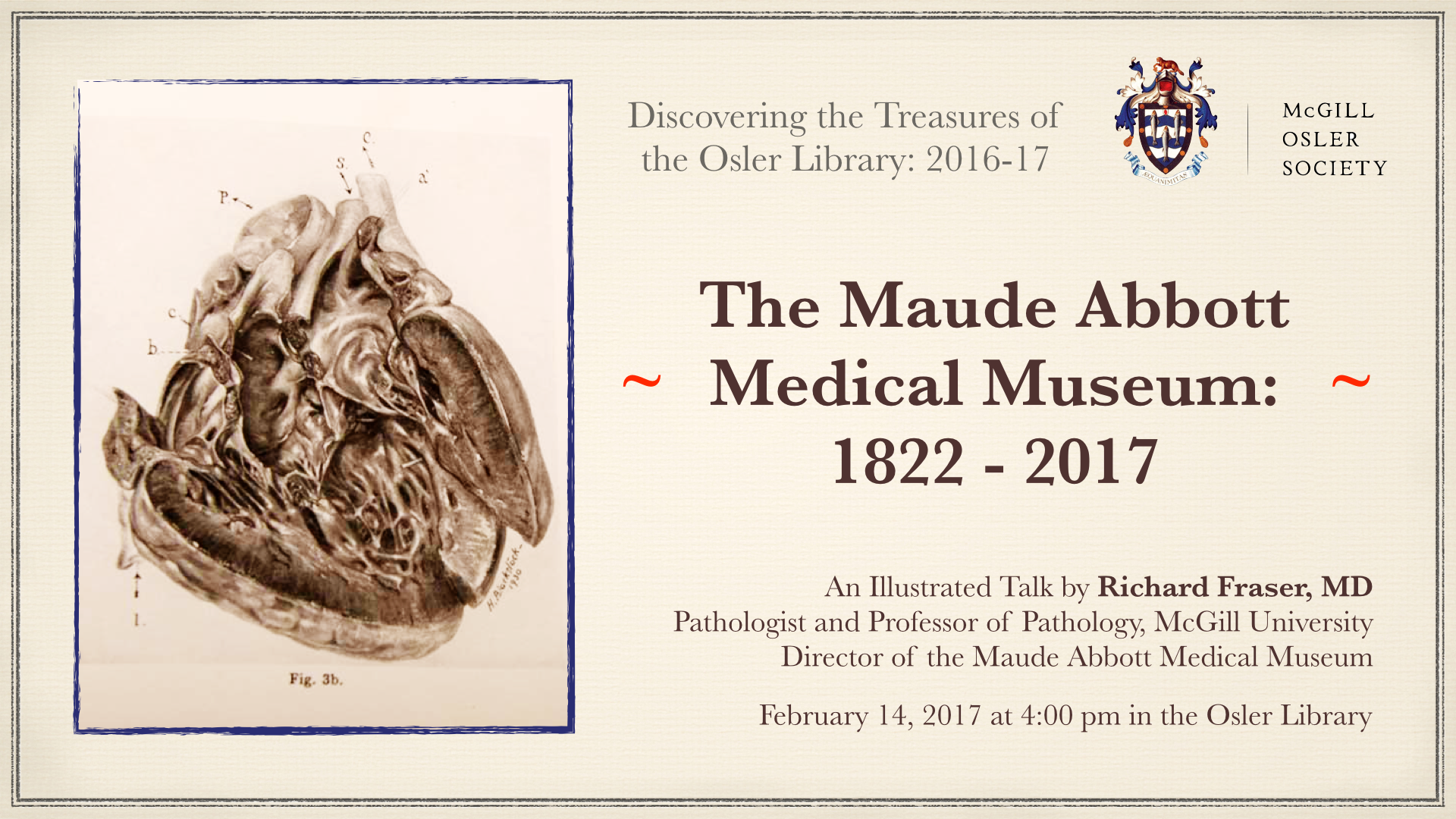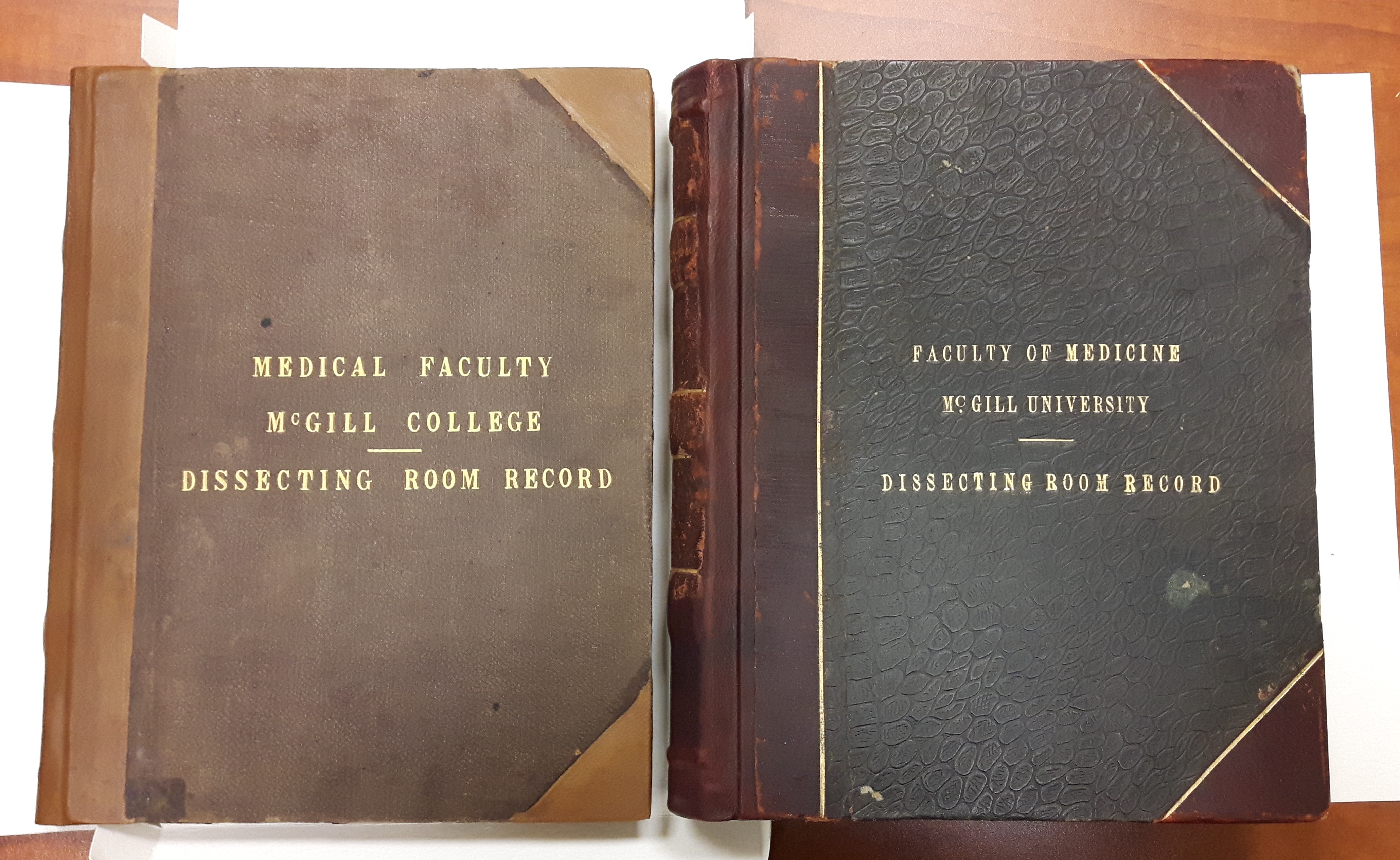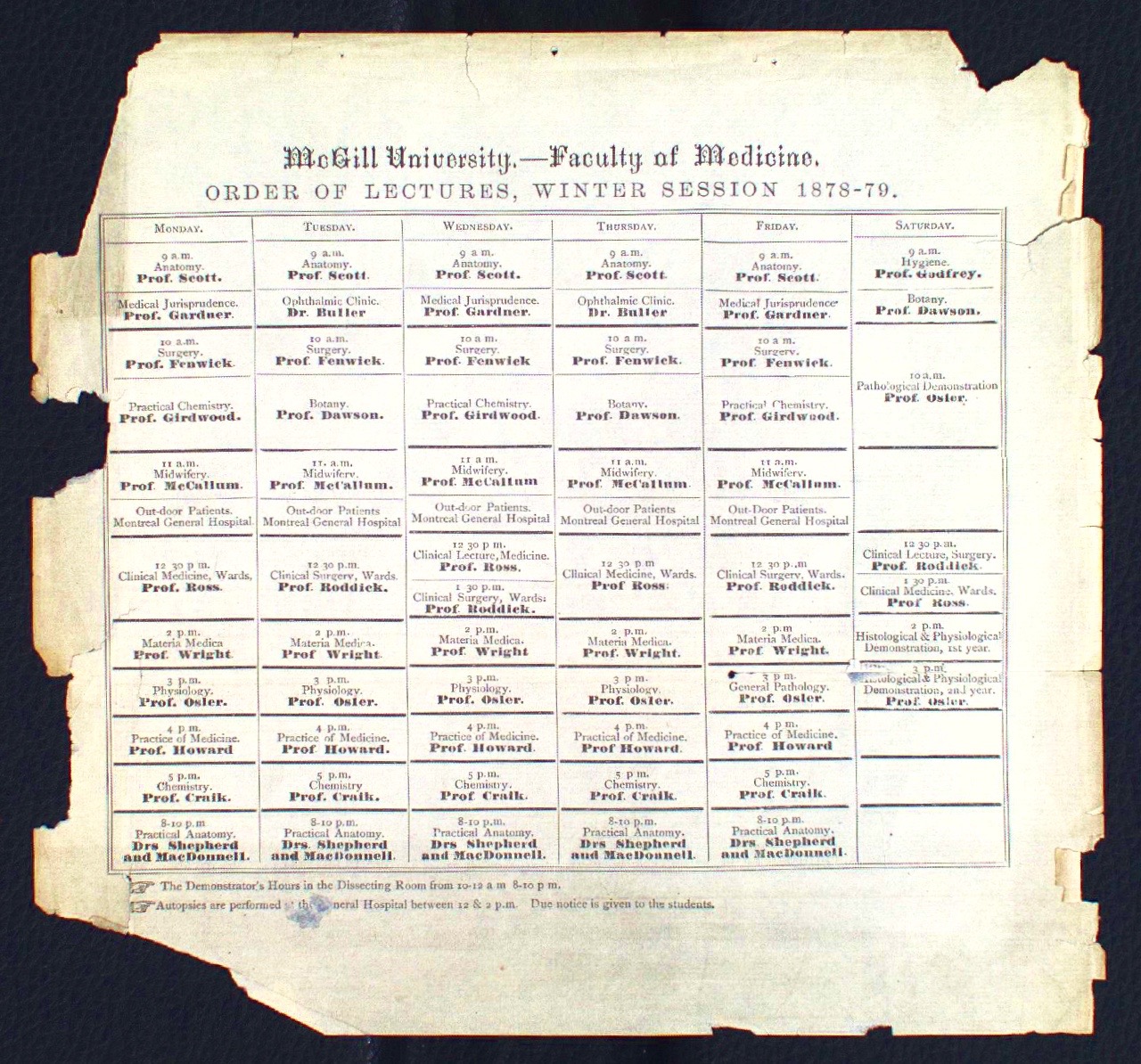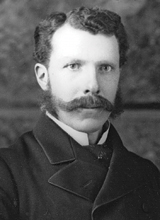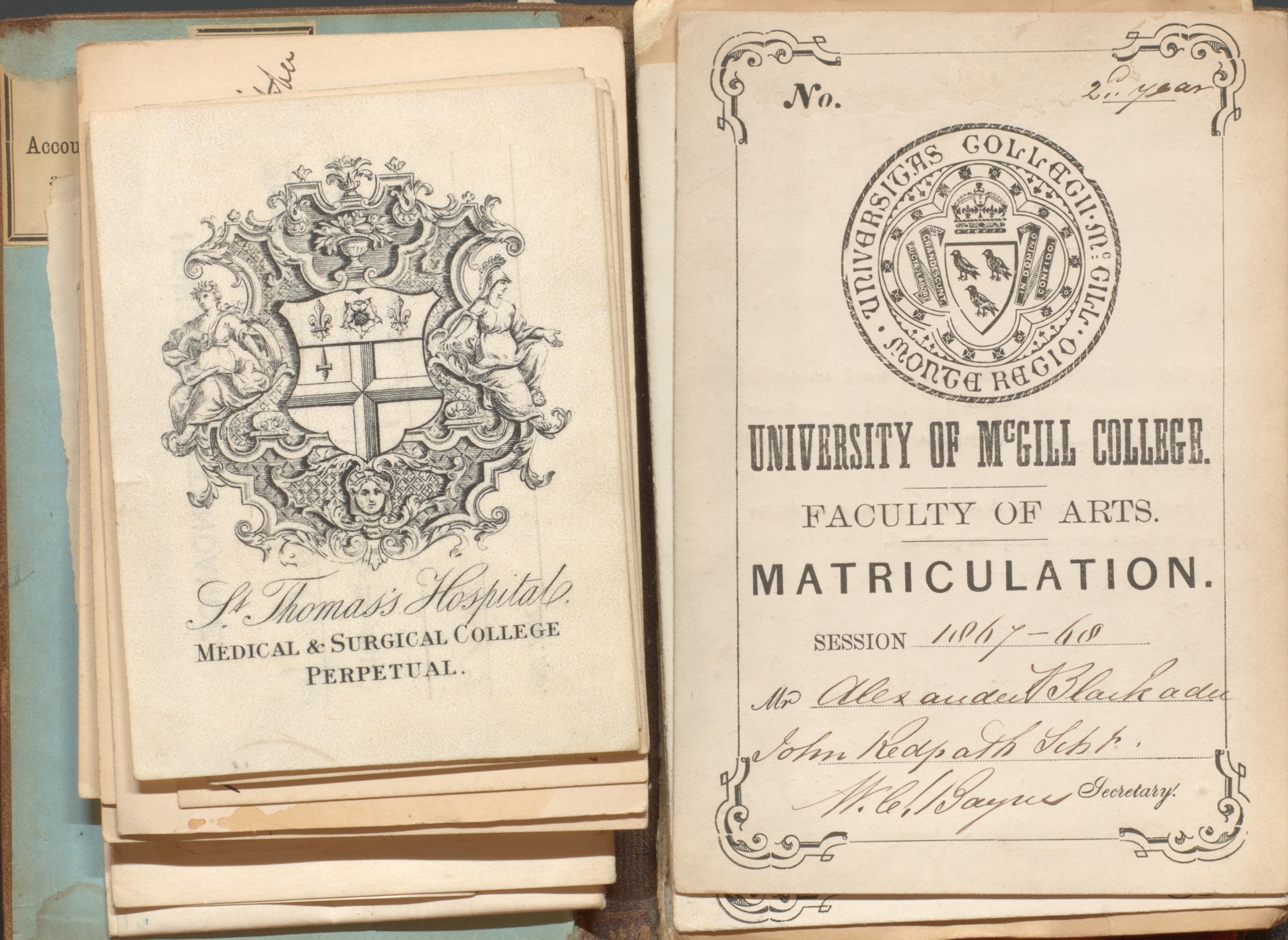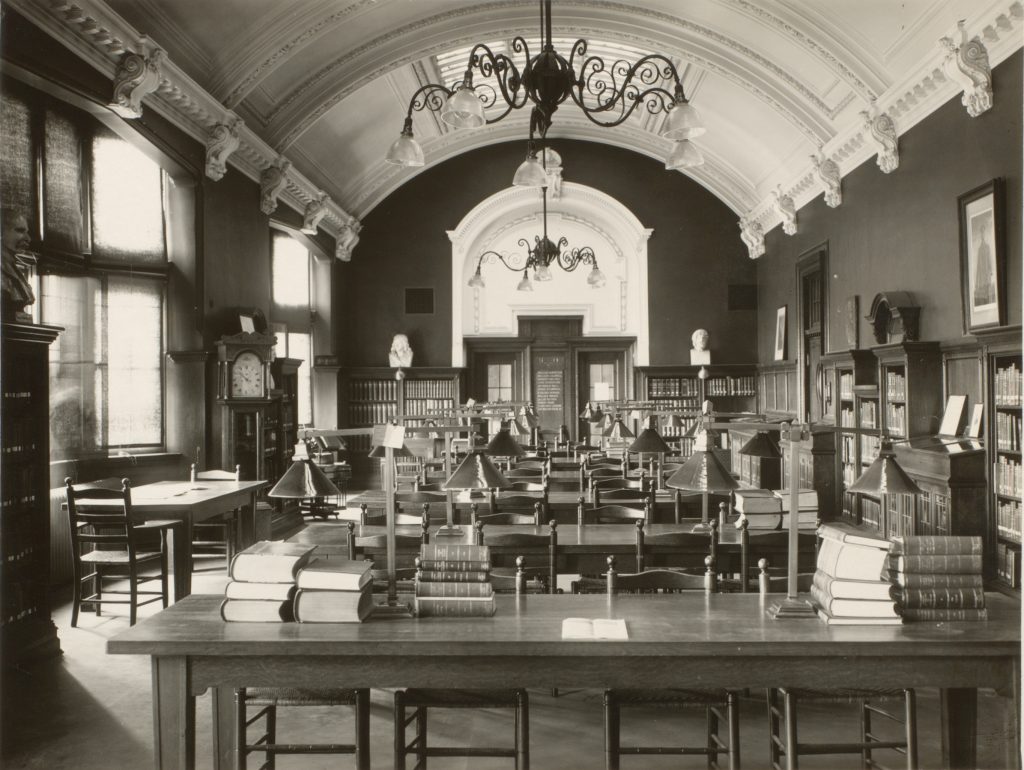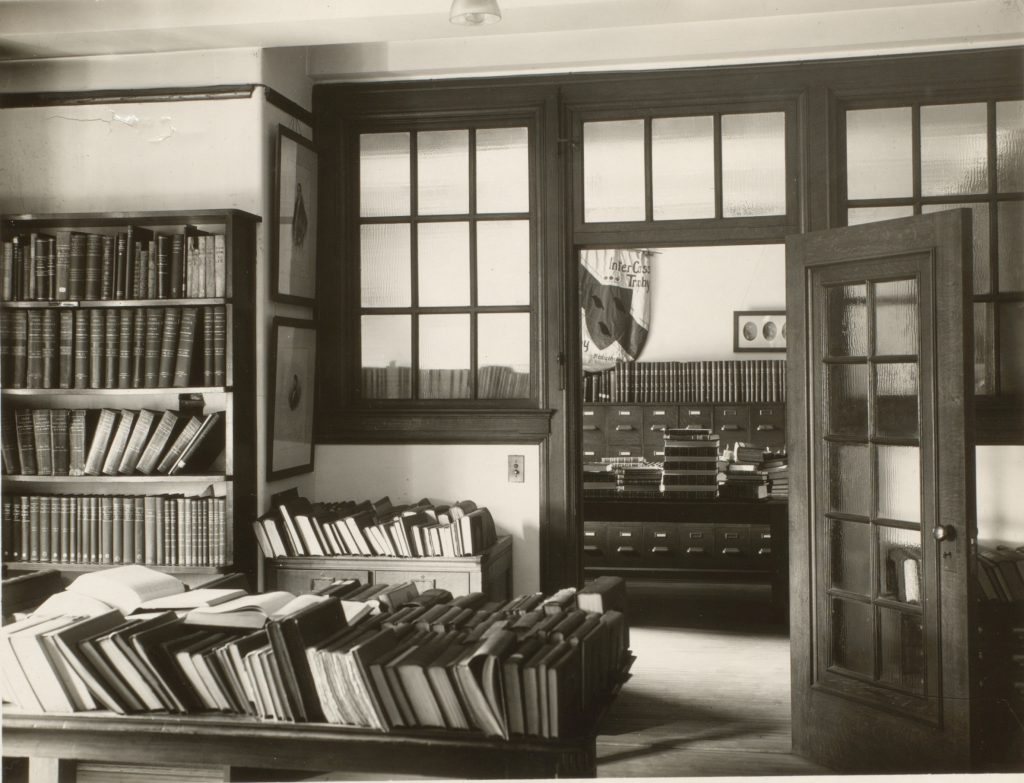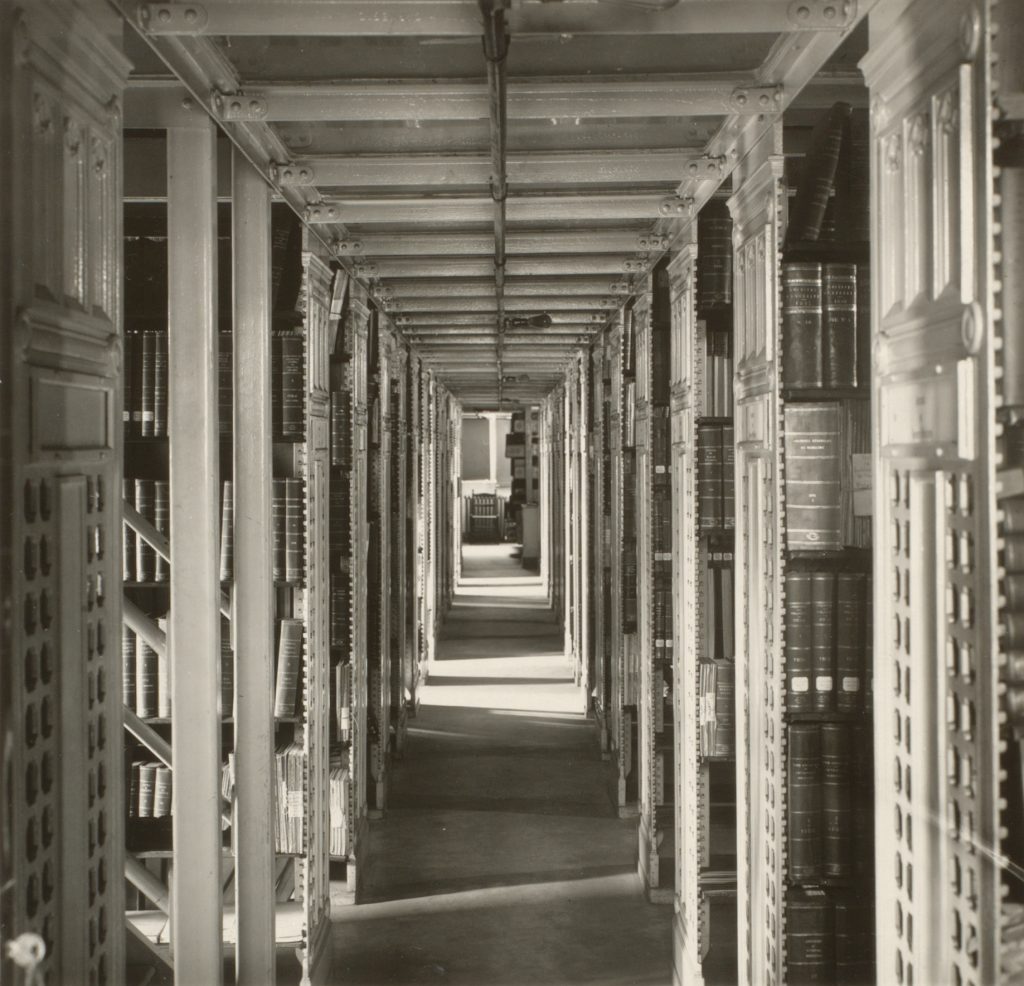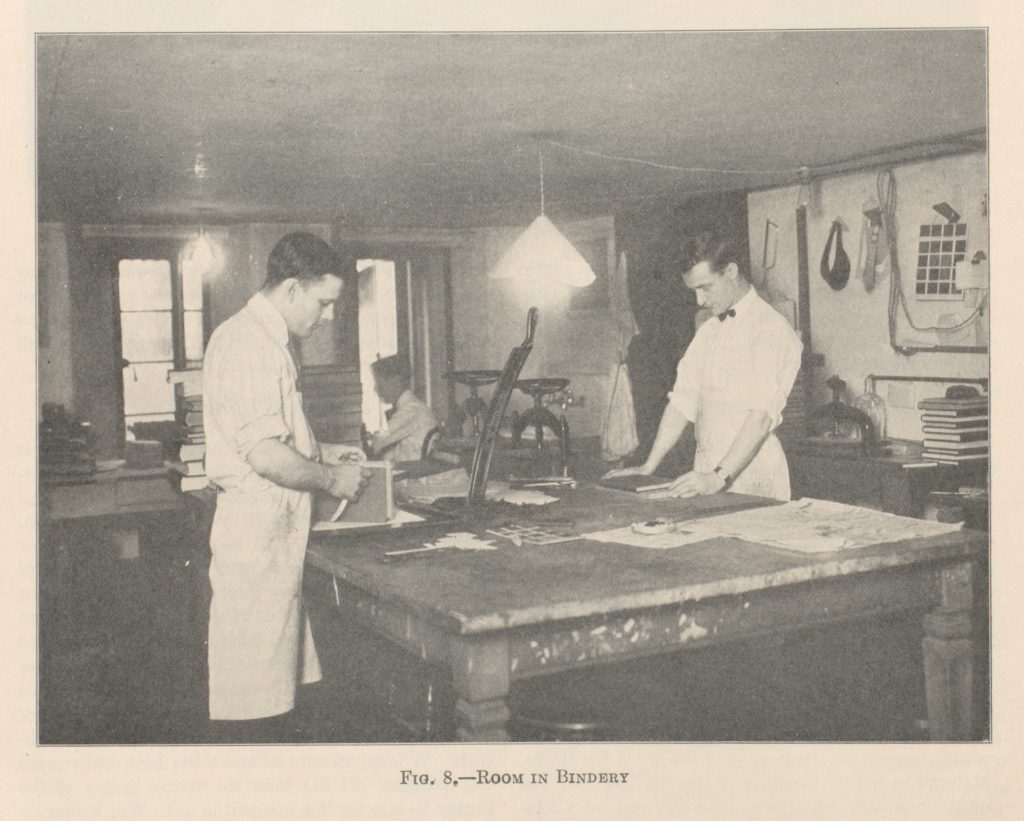You’re invited! Please join us next Tuesday February 14th, 4pm for an illustrated talk by Dr. Richard Fraser, Professor of Pathology at McGill Faculty of Medicine, Senior Pathologist at MUHC, Director of the Maude Abbott Medical Museum.
Tag Archives: mcgill history
Dissection Room Records 1883-1908
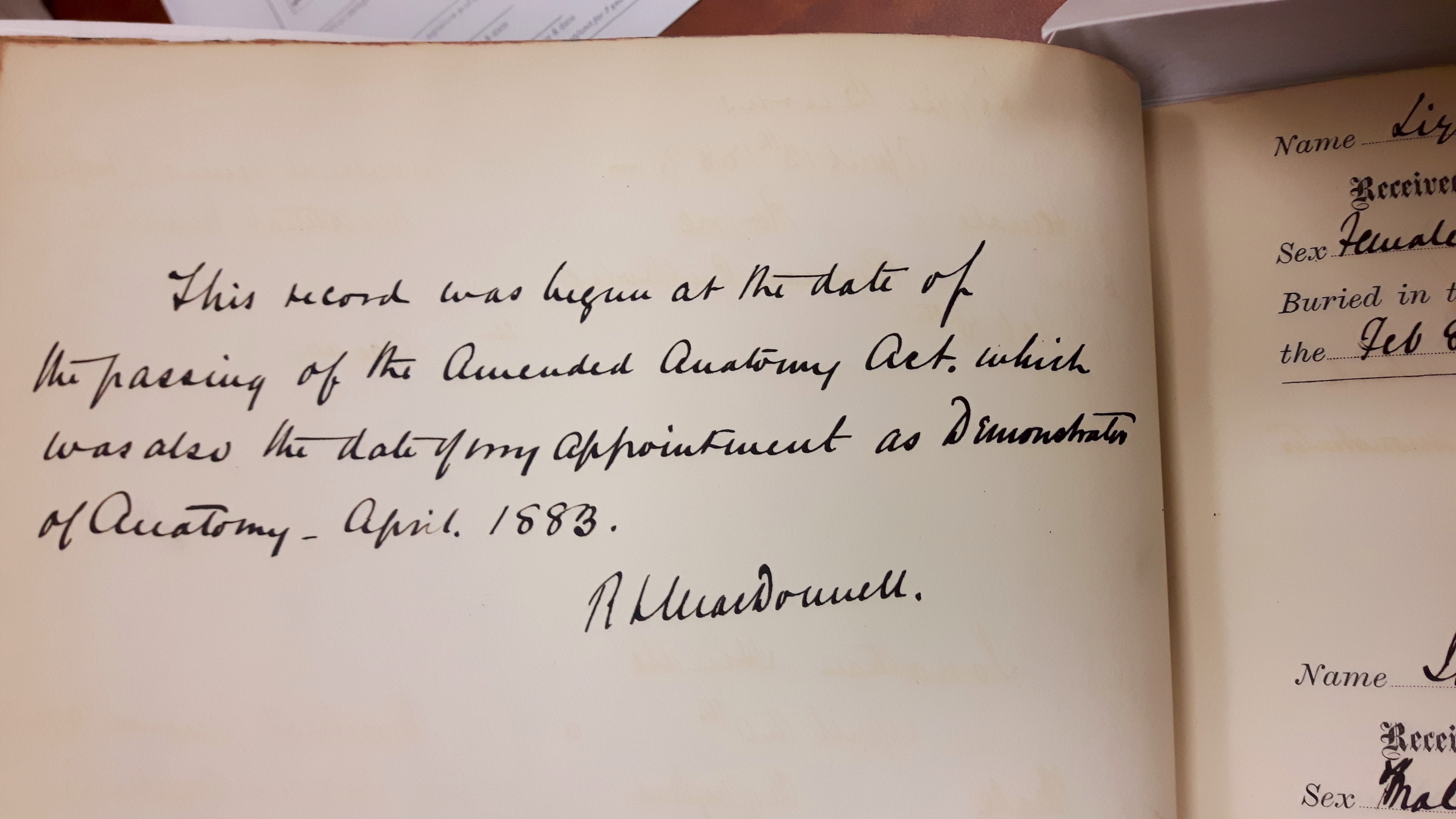
Inscription on first page of Dissection Room Record 1883-1891 written by Dr. Richard Lea MacDonnell, Demonstrator of Anatomy, McGill University in April 1883.
We are pleased to have these historical records back at the Osler Library after receiving recent conservation treatment. These books contain records of all McGill Faculty of Medicine dissection cadavers in the Department of Anatomy from 1883-1891, and 1896-1908.
When the Legislative Assembly of the Province of Canada’s Anatomy Act of 1843 was amended in April 1883, Senior Demonstrator of Anatomy Dr. Richard Lea MacDonnell began keeping these detailed records at McGill. Prior to the Anatomy Act, body-snatching was a nefarious problem often associated with the study of anatomy. The 1843 and 1883 Acts allowed for more corpses to be made available to medical schools for the purpose of teaching and learning. The records preserved within these books provide details and evidence of the Department of Anatomy’s legally acquired cadavers at the time. Each entry includes details such as name, sex, age, cause of death, religion, date received, which hospital the cadaver was received from, and the date and location of burial.
Richard Lea MacDonnell (1856-1891) was the son of Dublin surgeon Dr. Robert Lea MacDonnell. A graduate of McGill in 1876, McDonnell went on to become a prominent figure within the Faculty of Medicine before his untimely death at the age of 35. William Osler paid tribute to his friend and colleague in the New York Medical Journal, writing: “Although only thirty-five years old, he [MacDonnell] had reached a position which gave scope to abilities of first-class order and afforded opportunities of impressing upon a large class of students those qualities of mind so essential in the teacher, so priceless to the taught – honesty, system, and painstaking care” (NYMJ, 54: 162, 1891).
Below is a composite portrait of McGill Faculty of Medicine in 1882 from our William Osler Photo Collection. William Osler is standing fourth from left, and Richard Lea MacDonnell stands on the far right. A new Richard L. MacDonnell Collection (P133) has been created in the Osler Library Archives, and these dissection books along with several fascinating scrapbooks put together by MacDonnell are now available to view upon request.

“McGill University Faculty of Medicine at its Semicentennial, 1882”, William Osler Photo Collection, Osler Library of the History of Medicine, CUS_033-011_P. Standing, from left to right, are Thomas G. Roddick, George Ross, William E. Scott, William Osler, Francis J. Shepherd, William Gardner, George W. Campbell, Gilbert Prout Girdwood, Frank Buller, and Richard L. MacDonell. Sitting, from left to right, are Robert Palmer Howard, William Wright, John William Dawson, Duncan C. MacCallum, Robert Craik, and George E. Fenwick.
Homecoming
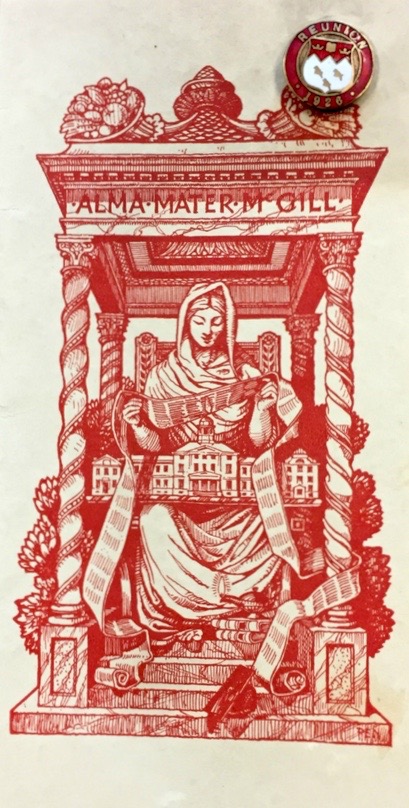
McGill Faculty of Medicine reunion programme and pin from October 8, 1926 with songbook inside. Part of the Osler Library Archive Collections.
Events, talks, and tours are happening all weekend long from October 27-30 at the Faulty of Medicine in celebration of McGill Homecoming 2016.
This year’s reunion welcomes milestone anniversaries for MDCM graduate years ending in 1 and 6.
Full events listing for alumni can be found here, and further information here.
Open Doors at the Osler Library of the History of Medicine (free event) is happening Friday 1:30-2:30pm, and Open Doors at the Maude Abbott Medical Museum (free event) is Friday 3:00-5:00pm. Rediscover the library’s treasure trove of rarebooks and medical atlases, and also take in one of the best historical collections of anatomical and pathological materials in North America.
Wishing the alumni an enjoyable and memory-filled weekend as they journey back to their McGill roots!
Winter Session 1878-1879
Think you’ve got a busy schedule this semester? Here’s what Winter Session 1878-1879 looked like for McGill’s Faculty of Medicine. The course schedule shown below belonged to Sir William Osler – Professor of Physiology, General Pathology, Histological & Physiological Demonstration (1st and 2nd year) and Pathological Demonstration that year. This historical piece of mcgilliana is part of our P100 collection – a collection that recently received a handful of new acquisitions generously donated from an Osler family relative (more on these new acquisitions coming soon!).
Instructors (listed in alphabetical order): Dr. Buller, Professor Craik, Professor Dawson, Professor Fenwick, Professor Gardner, Professor Godfrey, Professor Howard, Dr. MacDonnell, Professor McCallum, Professor Osler, Professor Roddick, Professor Ross, Professor Scott, Dr. Shepherd, & Professor Wright.
Courses (listed in no particular order): Anatomy, Hygiene, Medical Jurisprudence, Ophthalmic Clinic, Botany, Surgery, Practical Chemistry, Pathological Demonstration, Midwifery, Clinical Medicine, Clinical Surgery, Materia Medica, Histological & Physiological Demonstration, Physiology, General Pathology, Practice of Medicine, Chemistry, & Practical Anatomy.
Matriculation, 150 Years Ago
As students and faculty at McGill begin a new academic year this week, we thought we’d offer a historic glimpse into what matriculation looked like 150 years ago. The leather case shown below belonged to pioneering Canadian pediatrician, Dr. Alexander Dougall Blackader (1847-1932). It was used to contain his many matriculation and membership cards from his student days at McGill from 1866-1871. In those days, students were provided with official cards for each course, in addition to their McGill ID/matric and faculty cards.
Several years after graduation, Blackader joined McGill’s Faculty of Medicine as Instructor of Diseases of Children and eventually became Professor of Pediatrics and Acting Dean from 1915-1918. As one of the first physicians in North America to insist that diseases of children needed to be recognized as a specialty, Blackader was an instrumental figure in organizing Canada’s first pediatric clinic at the Montreal General Hospital. Over the years, Blackader held several positions at MGH before retiring and becoming editor of the Canadian Medical Association Journal. The Osler Library houses a collection of Blackader’s personal and professional material including papers, lectures, autobiographical notes and diaries (P093). Here’s to a great 2016-17!
New / Old
1907 was a fiery year in McGill’s history. On April 5th, the Macdonald Engineering building was completely gutted by fire, and less than a fortnight later on April 16th, the first Medical Faculty building (erected 1872) went up in flames, destroying the Medical Library (founded 1823) and the first Medical Museum curated by Maude Abbott.
The Strathcona Building – now known as Strathcona Anatomy & Dentistry – was built in its place, opening its doors in 1909. It became known as the New Medical Building and housed the Medical Museum, Osler Library (which opened in 1929), and the resurrected Maude Abbot Medical Museum.
The following photographs show different floors of the Strathcona Medical Library in beautiful black-and-white detail: the well-lit third floor Reading Room, the librarian’s Cataloguing Room, the book stacks, the Bindery, and the empty shelves of the original Osler Library awaiting the overseas arrival of Sir William’s collection.
New archival collection: the Joseph Stratford Fonds
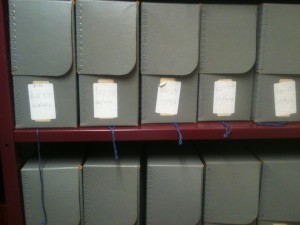
The library has finished processing the papers of Dr. Joseph Stratford. Dr. Stratford was born in Brantford, Ontario, in September of 1923. He began his studies in science at McGill University in 1943 and was the President of the McGill Osler Society and graduated from medical school in 1947. After training in England at the National Hospital in Queen Square, he completed his residency at the Montreal Neurological Institute (MNI) under Dr. William Cone. In the 1960s, Stratford joined the Montreal General Hospital as Director of the Division of Neurosurgery at the behest of Dr. Rocke Robertson. There, Stratford participated in the development of a neurological intensive care ward, the McGill-MGH Pain Centre, and the Palliative Care Task Force.
This fonds consists of medical agendas and professional correspondence between Stratford and colleagues from the Montreal General Hospital, Montreal Neurological Institute, and elsewhere. It also includes personal research materials on the causes and treatments of pain, publications and drafts of publications, and daily appointment books.
For more information, please feel free to contact the library at osler.library@mcgill.ca. Find out about other McGill physicians through our archival database.
Missed our guide to using the archives at the Osler Library? Have a look here.
Dr. Charlotte Ferencz fonds
The Osler Library is happy to announce that we have a new addition to our Harold Segall archival materials. The Charlotte Ferencz collection contains correspondence between Dr. Ferencz and Dr. Segall from the early 1960s until his death in 1990. It contains letters, cards, postcards, and photographs reflecting nearly 30 years of friendship.
Dr. Charlotte Ferencz was born in Budapest, Hungary on October 28, 1921. She obtained her education in her native country until an employment opportunity for her engineer father brought the family to Montreal, Canada in May 1939. She entered McGill University that fall and earned a Bachelor of Science degree with Distinction in 1944 and a Doctor of Medicine and Master of Surgery degree in 1945. After various internships across Canada, she became a resident in pediatrics at the Children’s Memorial Hospital in Montreal and obtained a research fellowship in the Cardiology Department in 1948-49. She went to the U.S. as a Fellow in Pediatrics in Baltimore and held appointments in Pediatric Cariology at two American universities before earning a degree at the John Hopkins School of Hygiene and Public Health in 1970 and becoming Professor of Epidemiology and Preventive Medicine at University of Maryland.
Dr. Harold Segall, a McGill graduate and Professor of Medicine, was the first full trained cardiologist to practice in the Montreal. He worked at the Montreal General Hospital where he established a cardiac clinic, one of the first in Canada. He participated in the founding of the Jewish General Hospital in Montreal and was Head of Cardiology
For more information, see the Charlotte Ferencz Fonds Inventory List, the Dr. Harold Segall fond, or contact the library.
New resource: Annual Announcements of the Medical Faculty of McGill College
Early Canadiana Online is an online collection featuring digitized books, articles, pamphlets, and government publications, over 80,000 items published in Canada from the 1600s to the 1950s. Their Health and Medicine collection now contains 9 complete issues of the Annual Announcement of the Medical Faculty of McGill College from 1852/53-1862/63.
The Annual Announcements were used to lay out the course of lectures for the following academic year and update faculty and students on changes in regulations. They included lists of current students and graduates for the given year.
Want to know how much your medical education cost 160 years ago?
The 1853/54 session announcements reports:
“The fee for each class shall be three pounds, Halifax currency; except for the Anatomical and Chemical classes, for each of which the fee shall be three pounds fifteen shillings, of the same currency; and for the classes of Clinical Medicine and Surgery, and of Medical Jurisprudence, for each of which the fee shall be two pound ten shillings.” (p. 9)


